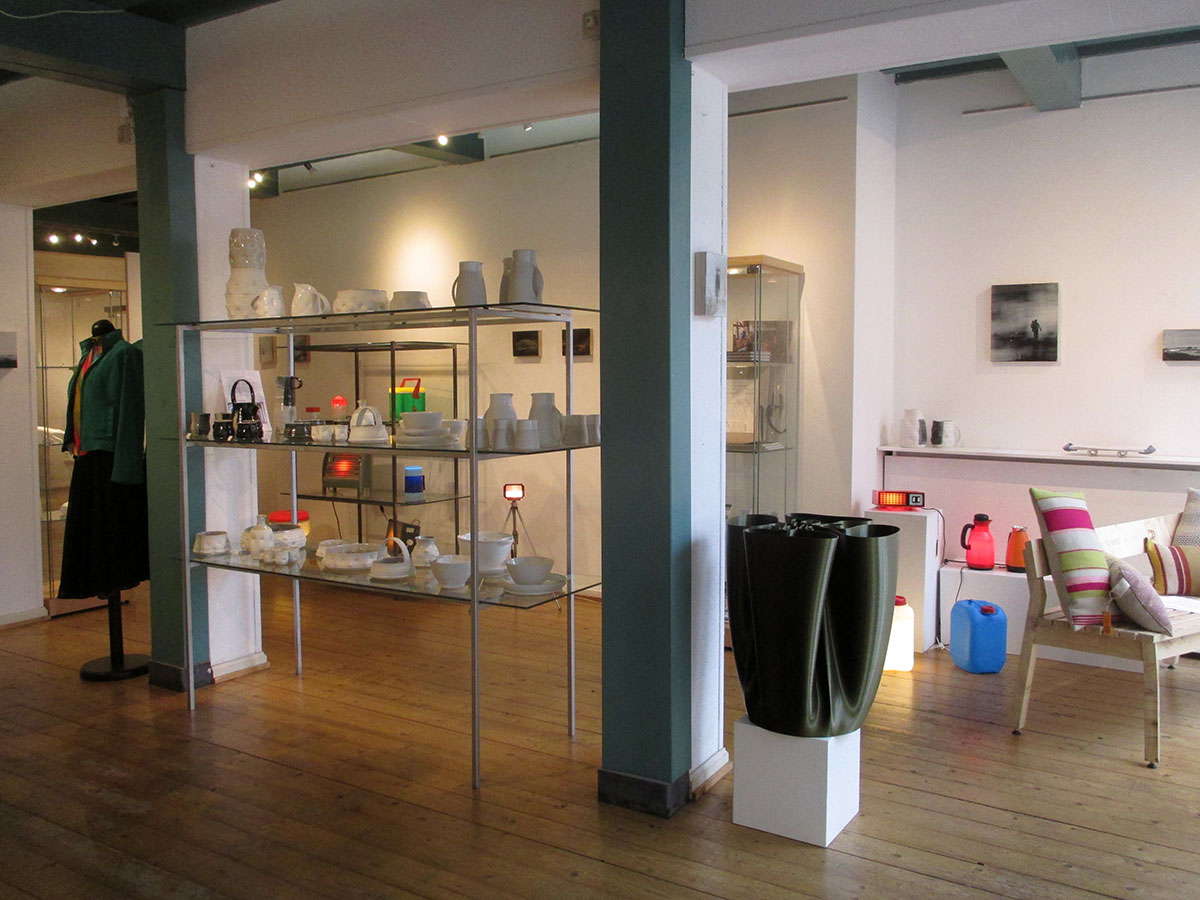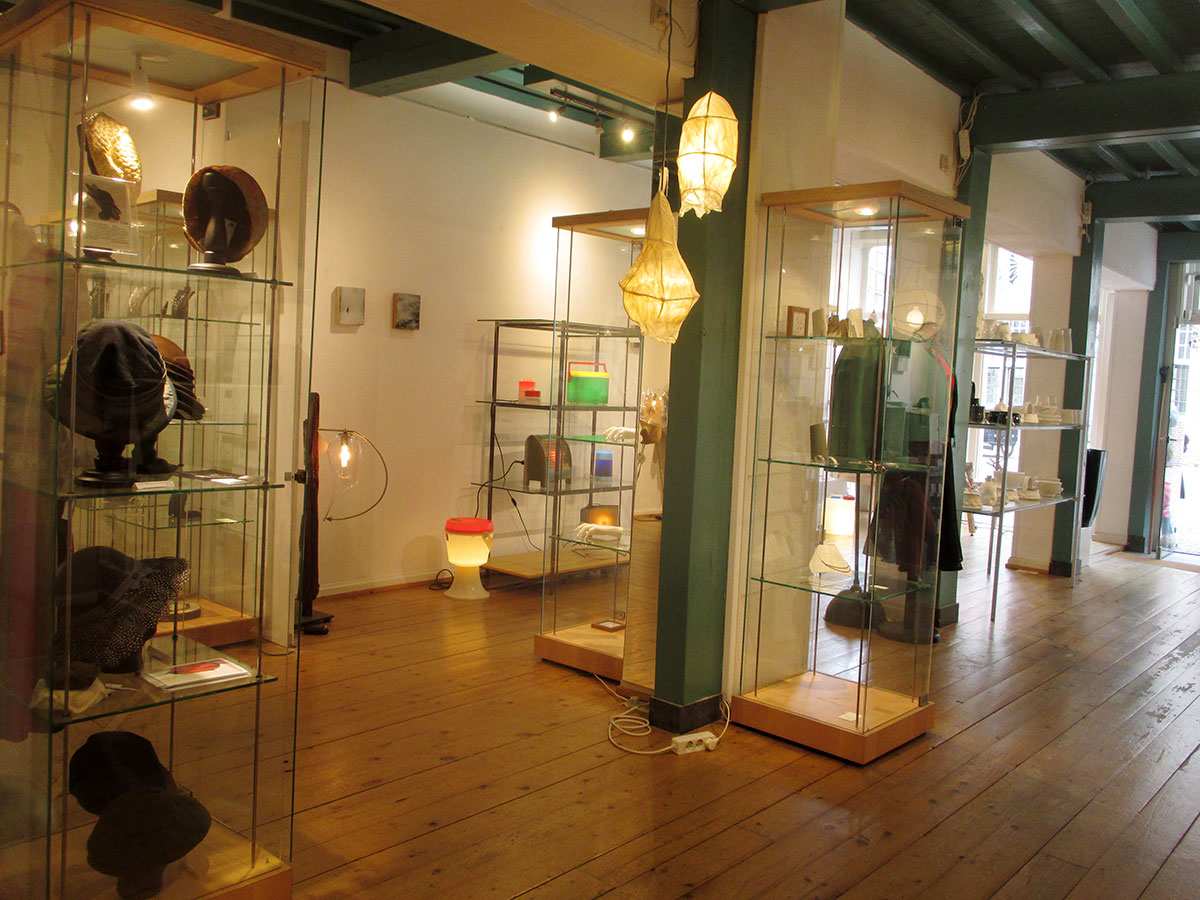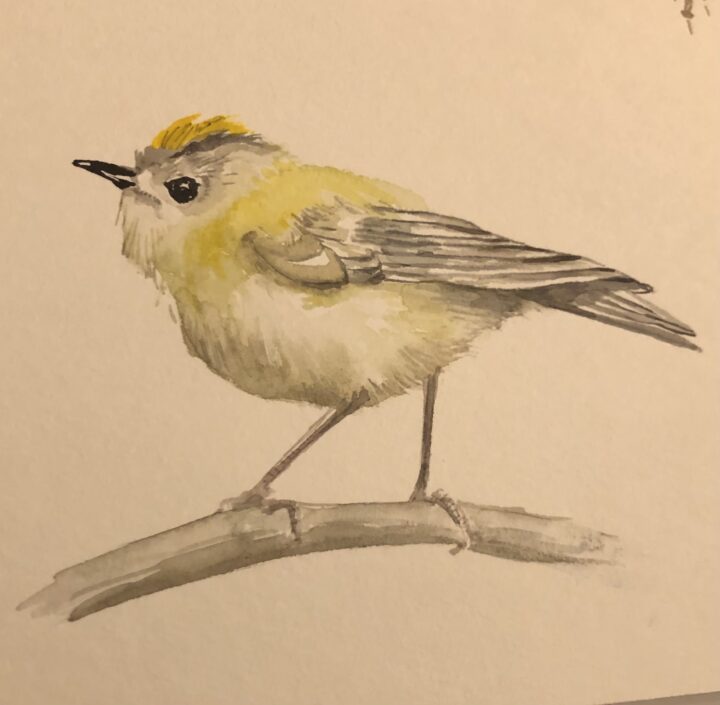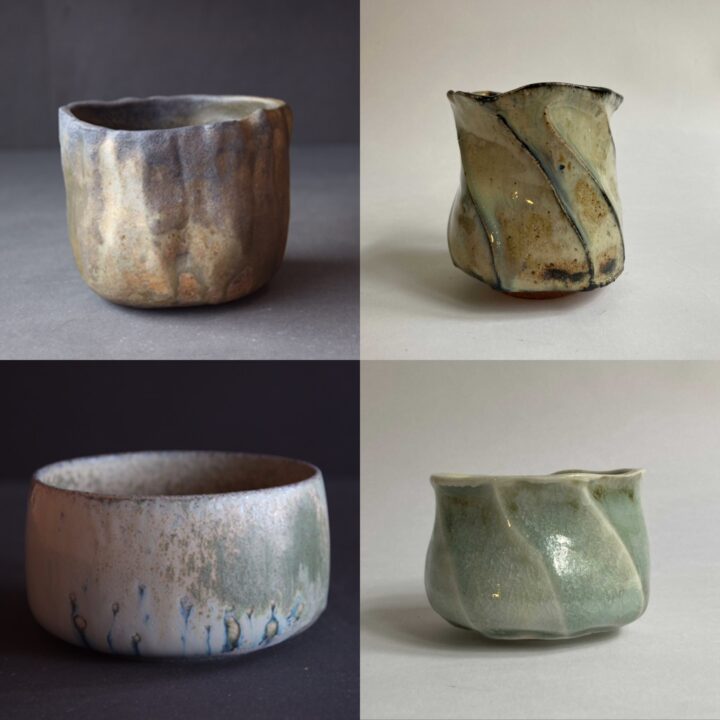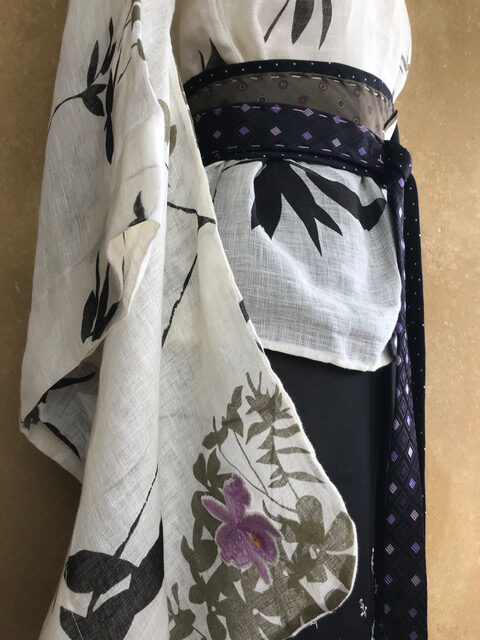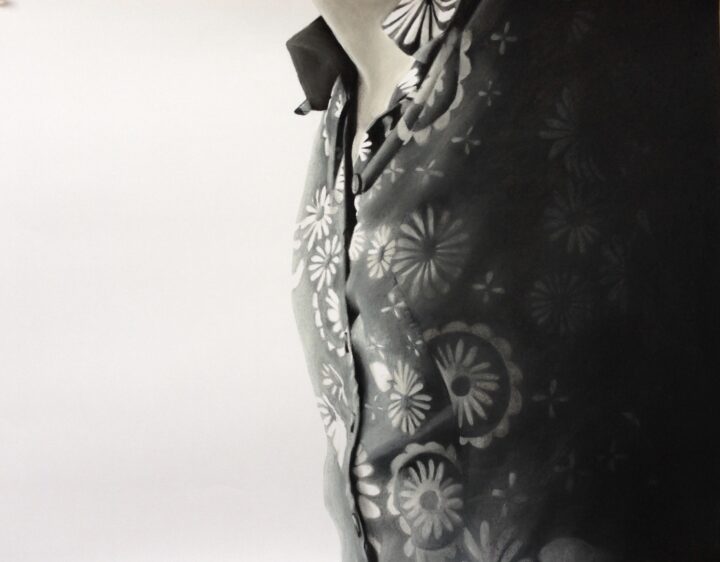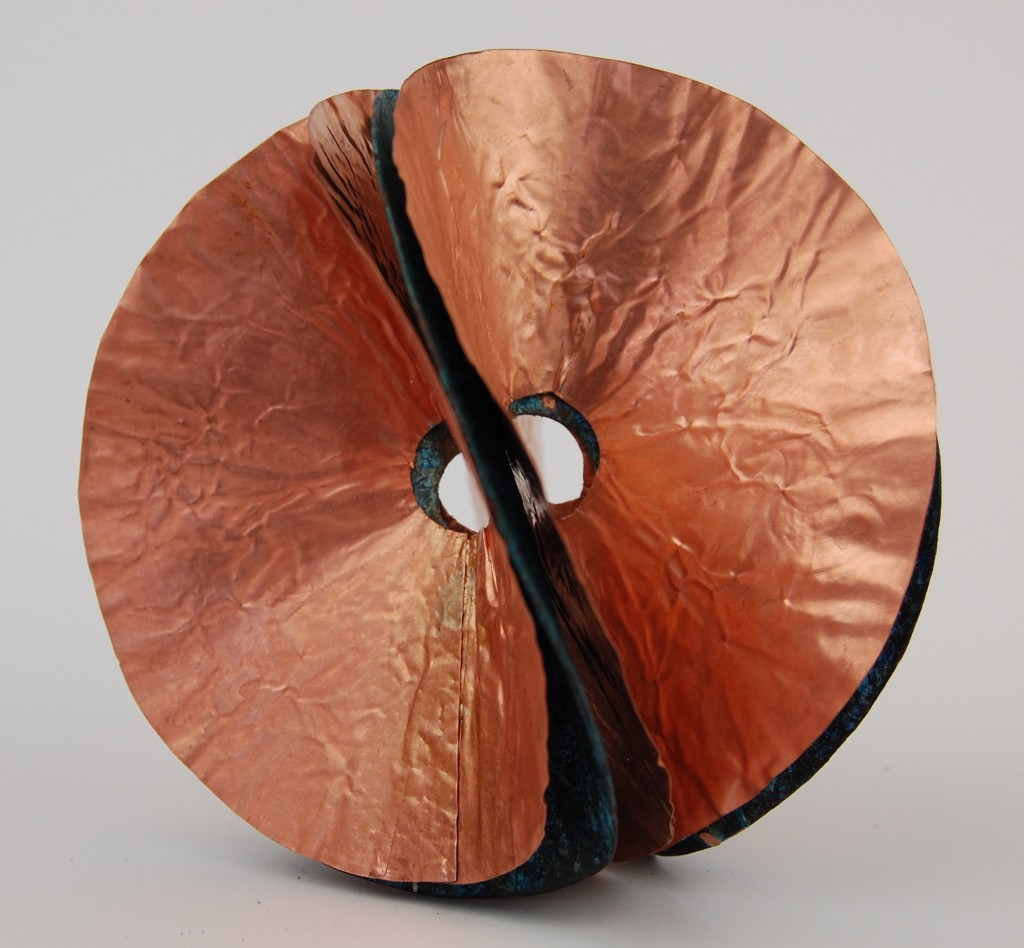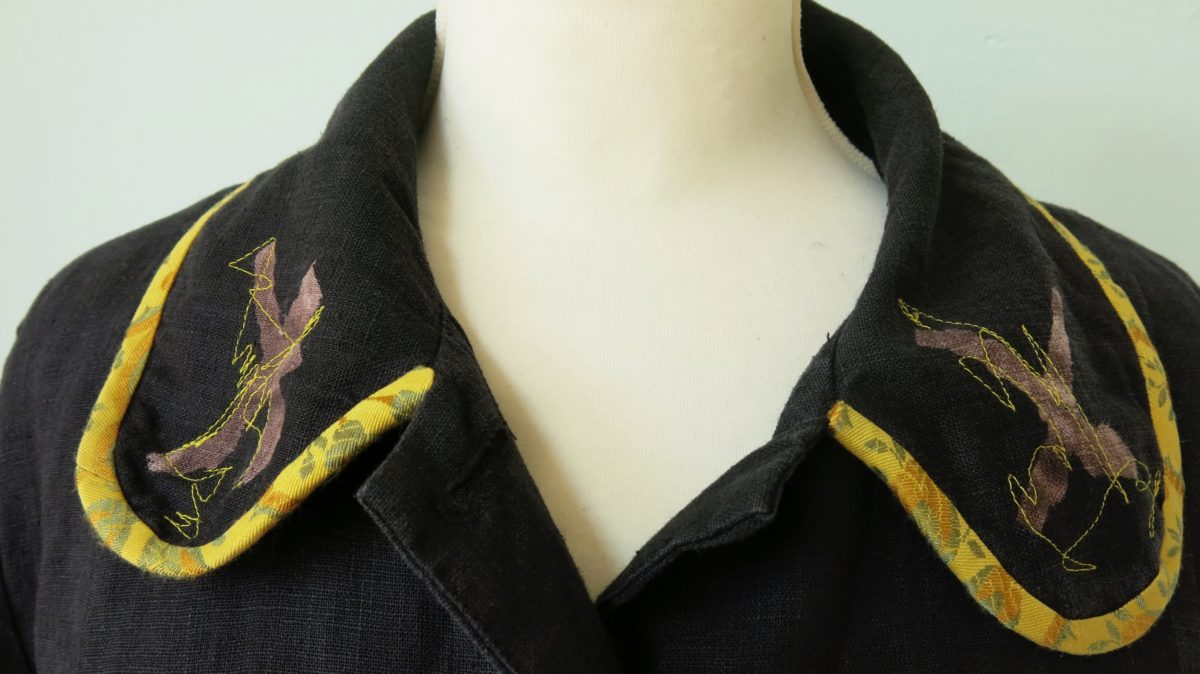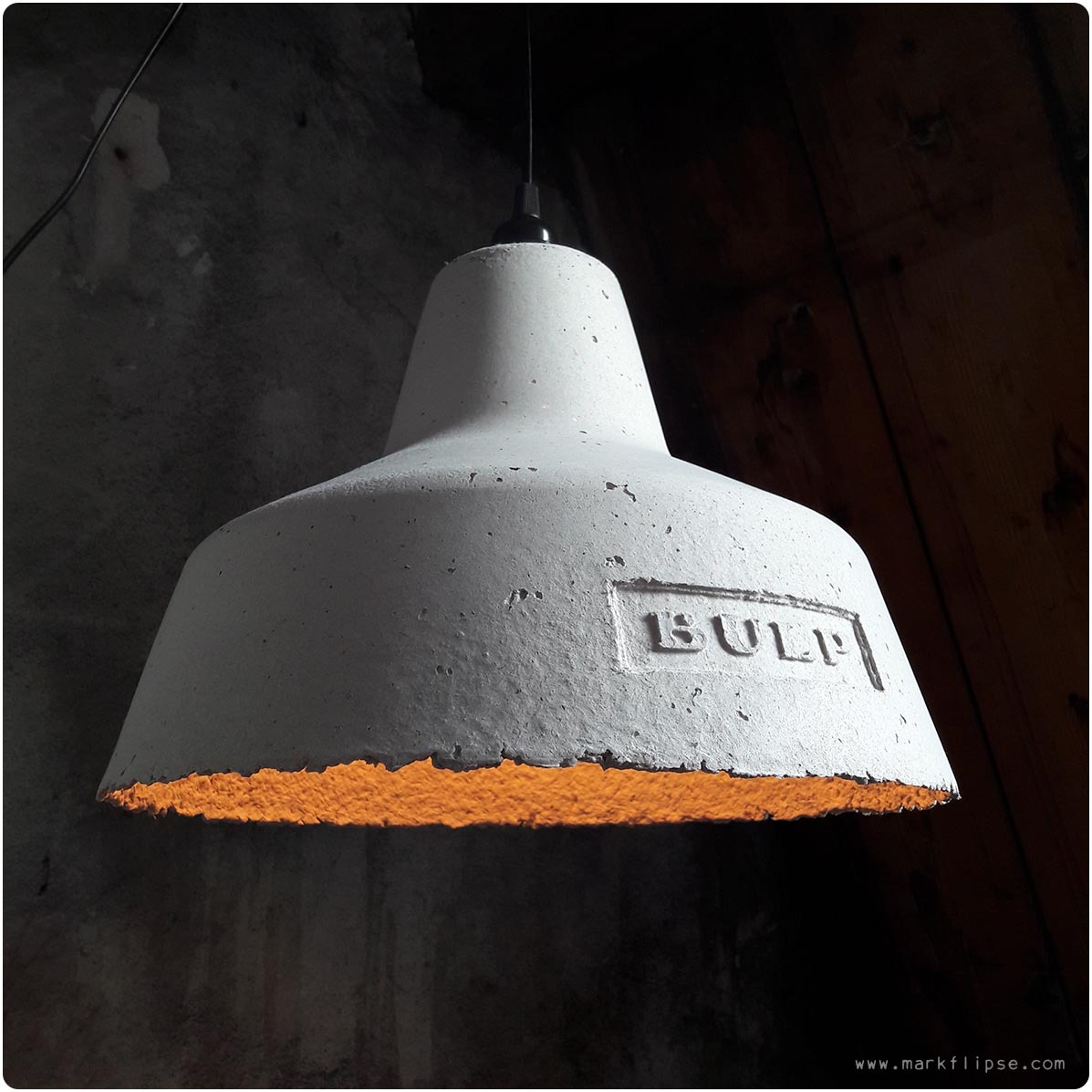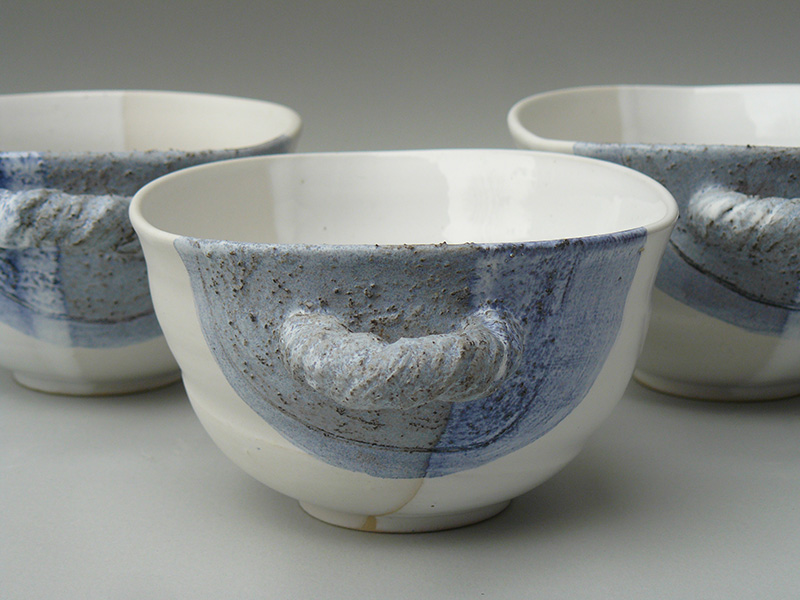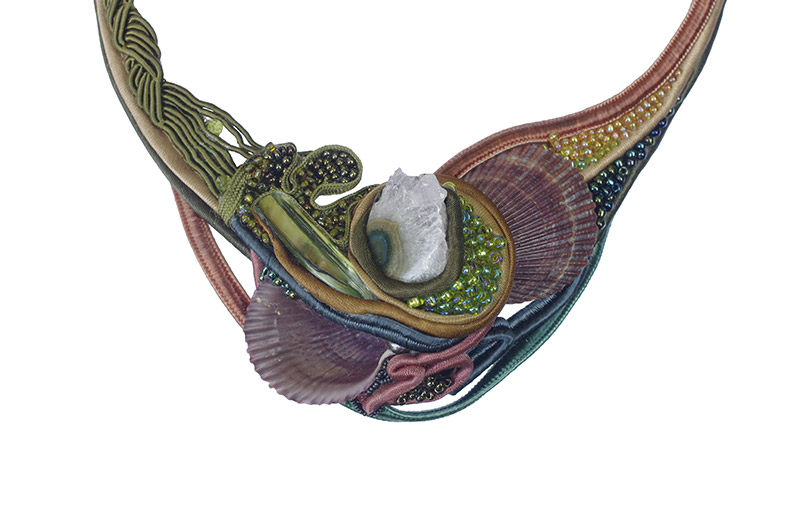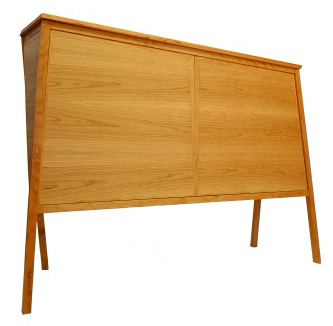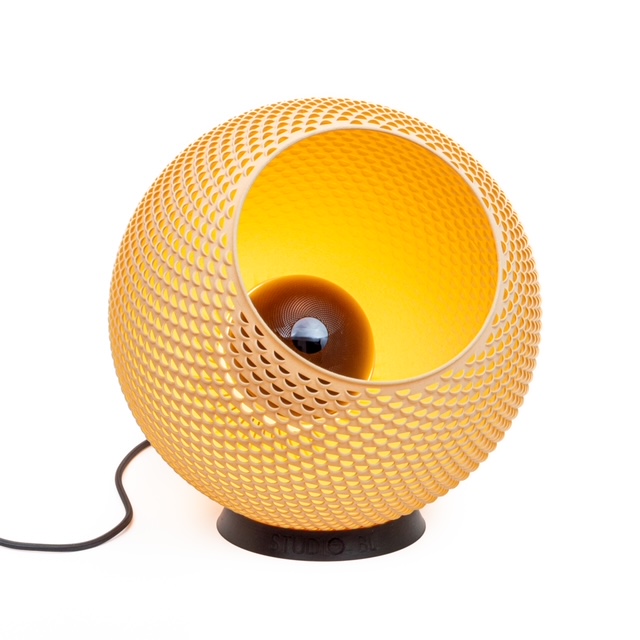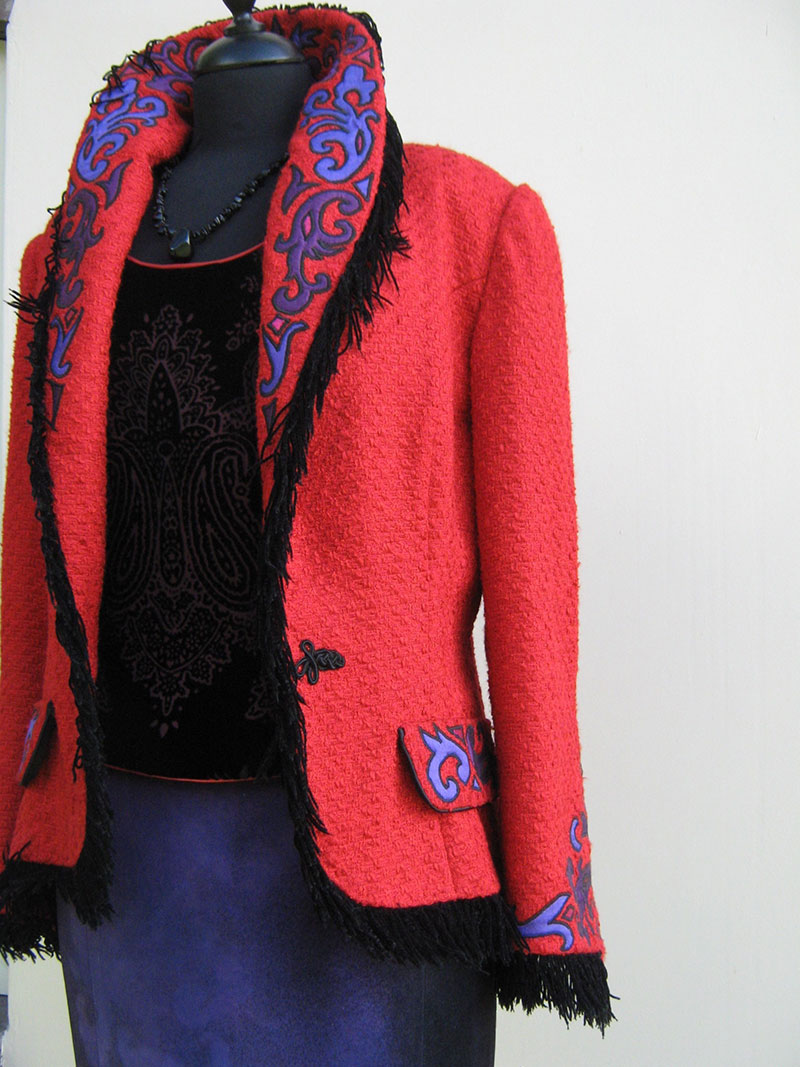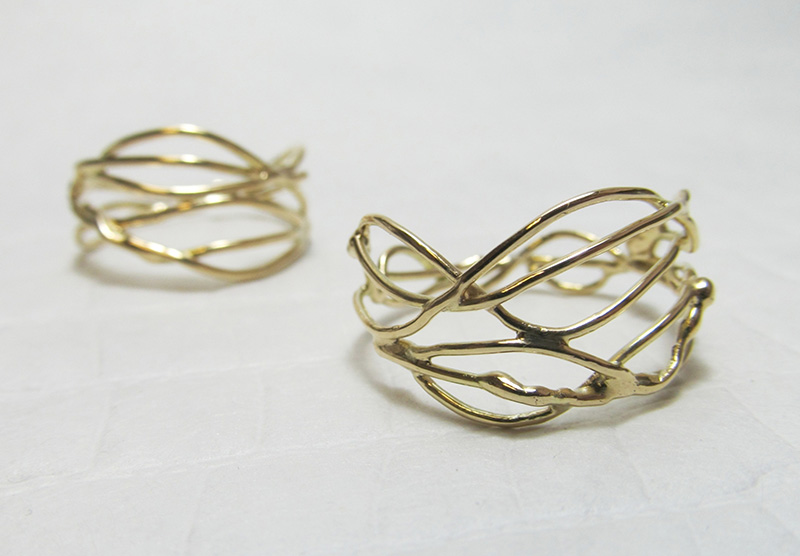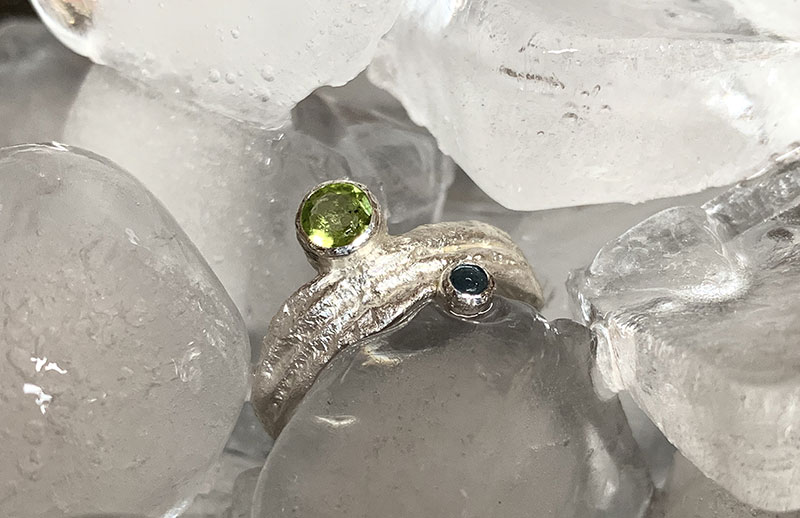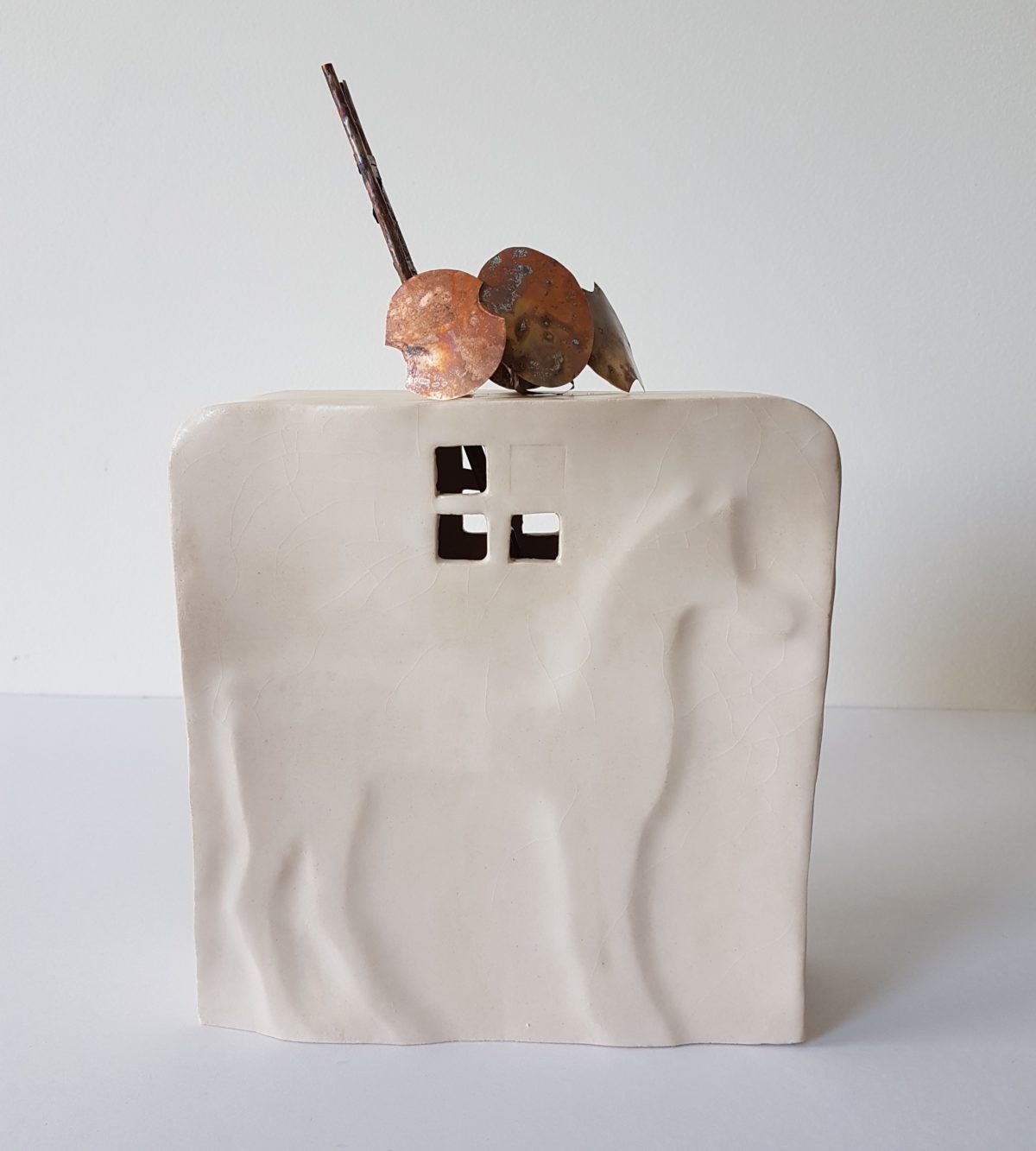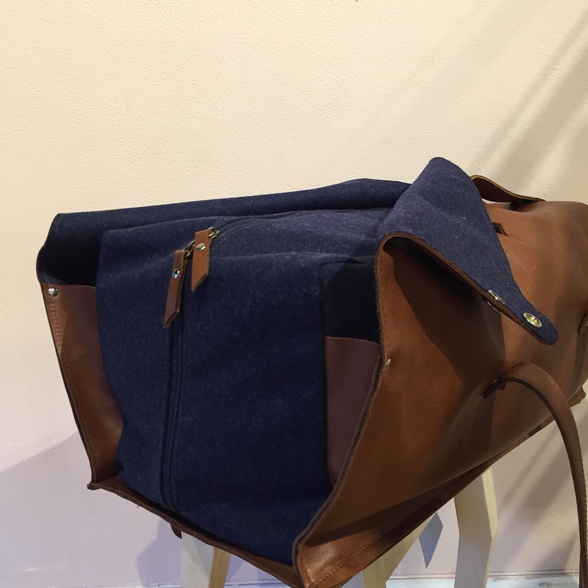Ontdekkingsreis, Harriet Impey, 1 t/m 30 april
Opening op zondag 7 april om 14.00u Harriet is als een naturalist op ontdekkingsreis. Van jongs af aan is ze gefascineerd door de kleinste en intiemste details van de natuur. Ze leert constant, over de natuur en over nieuwe technieken, en deelt graag haar enthousiasme en kennis. Nieuwe ideeën…
keramiek Jo Sijen en Pauline Kramer, 1 t/m 30 april
Jo Sijen: ik maak graag kommen, misschien omdat het een van de meest basale gebruiksvoorwerpen is die de mens voor zichzelf bedacht heeft. Het keramisch proces blijft altijd boeien, vanwege het spel tussen het bedachte en het intuïtieve, de ontworpen vorm en het toeval, het gecontroleerde proces en de overgave…
Upcycling kleding, Saskia de Zee
Saskia de Zee heeft na de lerarenopleiding (tekenen en textiel) het grootste deel van haar leven als theater vormgever gewerkt en maakte kostuums en toneelbeelden. Vanaf 2010 is zij zich meer gaan toeleggen op kleding uit gebruikt en/of overgebleven materiaal zoals coupons, tafelkleden, gordijnen, lakens, dekens, theedoeken en borduurwerk. En…
Tekeningen Ellen de Jonge, 1 t/m 30 maart
Ellen de Jong maakt realistische tekeningen: ze ziet en (onder)zoekt de schoonheid in de details, lichtval, vormen en stofuitdrukkingen. De laatste jaren gebruikt ze voor haar werk hoofdzakelijk houtskool en pastelkrijt, waarmee ze direct – zonder droogproces en zonder zichtbare toets – haar ideeën kan uitvoeren. Het geeft haar…

